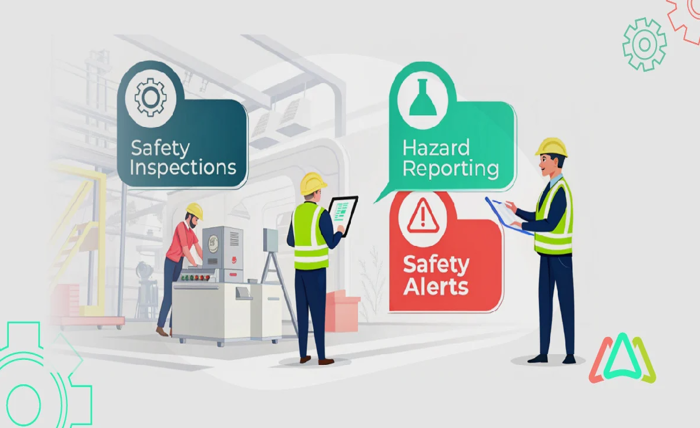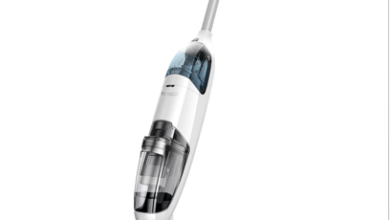
In highly regulated industries, safety and compliance are top priorities. From manufacturing plants and healthcare facilities to schools and government institutions, organizations face strict requirements to protect workers, customers, and communities. Non-compliance can result in heavy fines, legal liabilities, and reputational damage. To address these challenges, many organizations are turning to Computerized Maintenance Management Systems (CMMS) as a reliable tool for managing compliance obligations and ensuring safety standards are met consistently.
Centralizing Maintenance Records
One of the most significant advantages of a CMMS is its ability to centralize all maintenance activities and documentation. Instead of relying on paper-based systems or scattered spreadsheets, a CMMS stores inspection logs, equipment history, repair notes, and audit trails in one place. This makes it easy for auditors and regulators to review records and confirm that required maintenance tasks have been completed on time. Having an organized, transparent system reduces the risk of missing crucial compliance deadlines or failing an inspection.
Scheduling Inspections and Compliance Tasks
A CMMS allows organizations to schedule recurring inspections, safety checks, and regulatory tasks automatically. This ensures that critical compliance requirements are never overlooked. For example, fire safety inspections, equipment calibration, and environmental checks can be set up in the system with automated reminders. By providing visibility into upcoming tasks, a CMMS helps managers ensure that compliance obligations are met proactively rather than reactively.
Enhancing Preventive Measures for Safety
Compliance and safety often go hand in hand, and a CMMS helps organizations create a safer working environment by promoting proactive maintenance strategies. Preventive maintenance ensures that equipment is regularly inspected and serviced before it fails, reducing hazards such as malfunctioning machinery, unsafe facilities, or environmental risks. By addressing potential issues before they become safety threats, organizations can protect employees, students, or patients while also reducing liability.
Streamlining Regulatory Reporting
Producing accurate and timely compliance reports is often one of the most challenging aspects of regulatory management. With a CMMS, reporting becomes far easier because the system automatically records data from inspections, repairs, and equipment usage. This data can be quickly compiled into audit-ready reports, saving time for administrators and giving regulators confidence in the organization’s ability to maintain safety and compliance. The ability to generate custom reports tailored to specific regulations further strengthens compliance efforts.
Improving Accountability and Transparency
A CMMS also helps build accountability across teams by clearly documenting who performed each maintenance activity and when it was completed. This level of transparency ensures that compliance-related responsibilities are clearly assigned and tracked. In case of an incident or audit, organizations can show proof that maintenance and safety procedures were followed. This not only helps avoid penalties but also builds trust with stakeholders.
Supporting Training and Safety Standards
Beyond compliance, a CMMS can play an important role in reinforcing safety standards through employee training. Maintenance systems can include digital checklists, step-by-step procedures, and reminders for staff to follow established safety protocols. By integrating these tools into daily operations, organizations can ensure consistency and reduce human error. Over time, this creates a stronger culture of safety and compliance.
Reducing compliance risks and improving safety standards are ongoing challenges that require consistent effort and reliable processes. A CMMS offers organizations the structure and visibility they need to stay ahead of regulatory requirements while safeguarding people and assets. By centralizing records, automating tasks, and promoting preventive maintenance, organizations can ensure compliance is not just about meeting minimum standards but about creating safer and more resilient operations.



